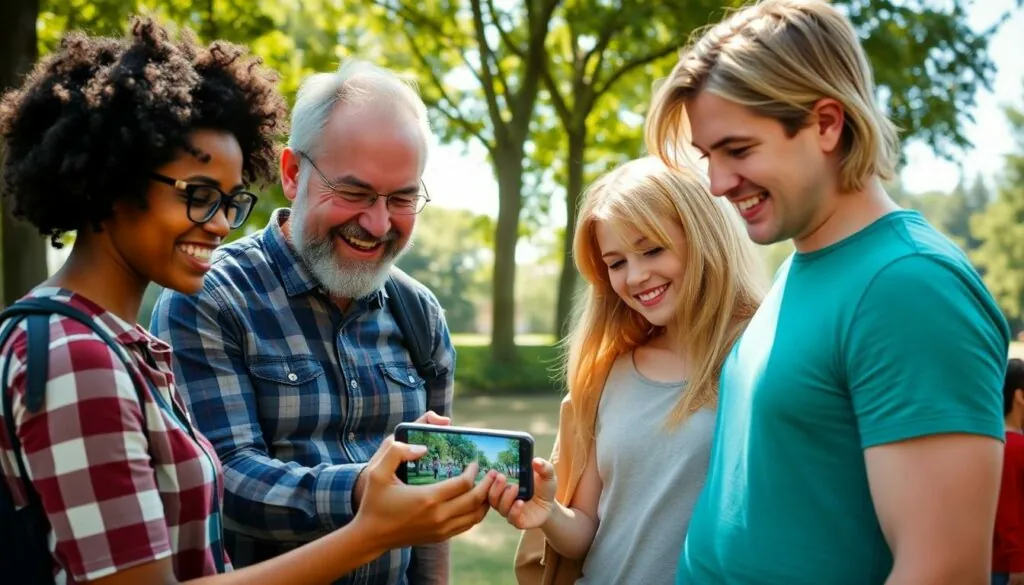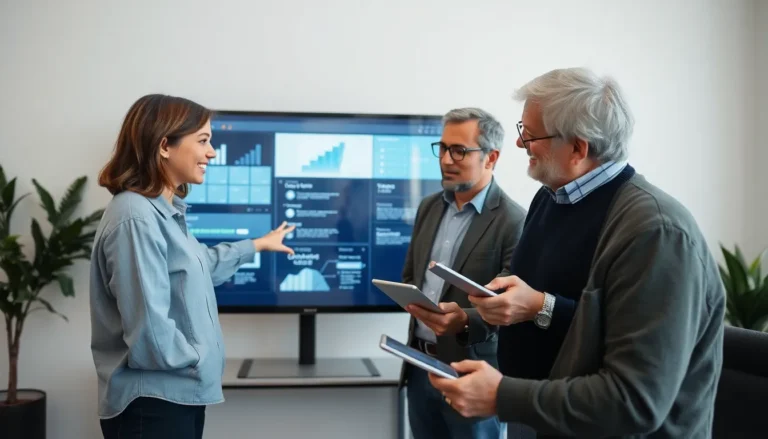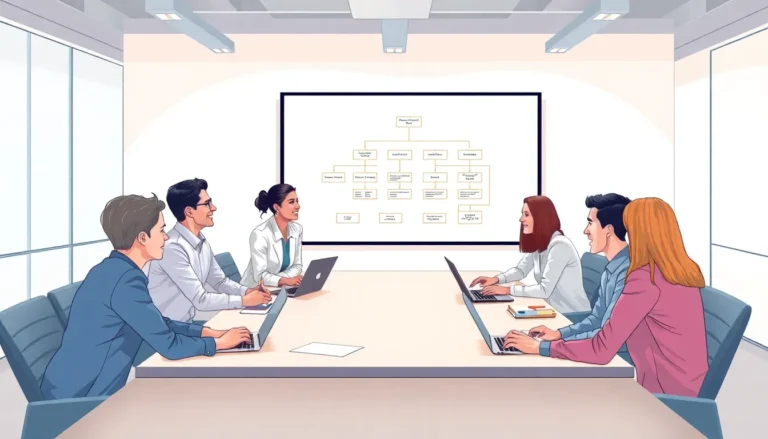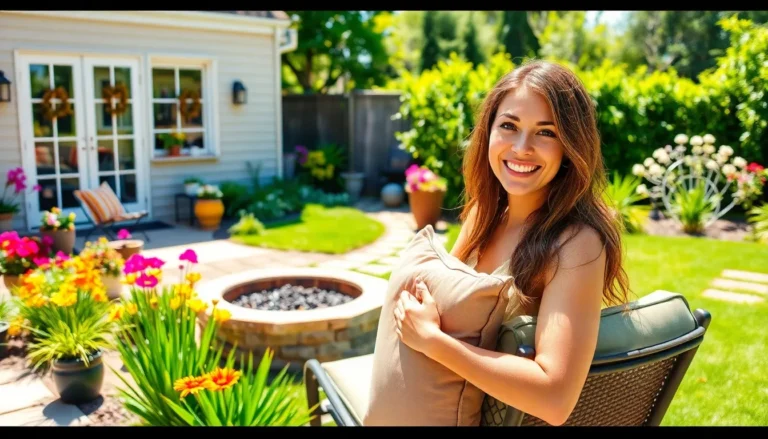Table of Contents
ToggleIn a world where technology seems to evolve faster than a cat meme goes viral, the question arises: can ChatGPT actually understand images? Imagine a chatbot that not only chats but also interprets your favorite vacation snapshots or that awkward family photo from last Thanksgiving. Sounds like science fiction, right?
Understanding ChatGPT’s Capabilities
ChatGPT showcases impressive capabilities in language processing and comprehension. Its design centers around text-based communication, leaving questions about its ability to interpret images.
Overview of ChatGPT
ChatGPT, powered by advanced AI models, excels in generating human-like text. It holds vast knowledge from diverse topics. With a strong focus on language, this tool processes input effectively, providing coherent responses relevant to the context. It can assist in information extraction and dialogue generation seamlessly. While ChatGPT manages text adeptly, it relies on textual input, limiting its capacity to analyze non-textual data types.
Text-Based Interaction
Text-based interaction forms the core of ChatGPT’s functionality. Users engage through written prompts, prompting contextual conversations. This AI responds to queries with detailed, informative answers. Its advanced algorithms facilitate understanding of context, intent, and nuances in language. Engaging with users through text enables the model to maintain clarity and responsiveness. Each interaction enriches the conversational flow, delivering precise information based on the user’s needs.
Image Processing Technology
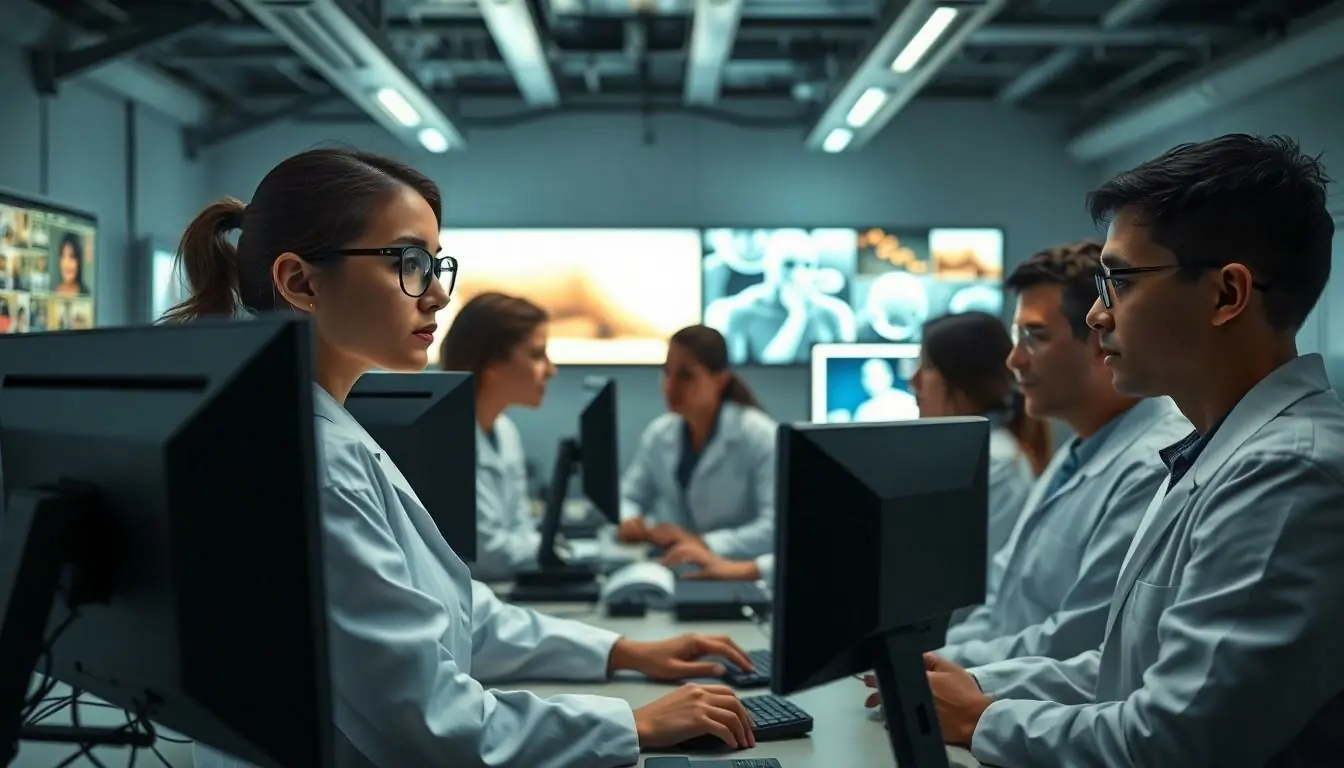
Image processing technology represents a critical area in artificial intelligence, focusing on the ability to analyze and interpret visual data. Various algorithms help machines recognize patterns, classify objects, and extract meaningful information from images.
How Image Recognition Works
Image recognition utilizes advanced algorithms to decode visual information. Convolutional neural networks (CNNs) serve as a backbone for this technology, transforming pixel data into features. Various layers in these networks extract high-level details from raw images, enhancing understanding. Each layer captures different characteristics such as edges, textures, and shapes. Training datasets containing labeled images enable networks to learn and improve accuracy. Models process visual input rapidly, achieving remarkable results in diverse applications from facial recognition to medical imaging.
Current Limitations of AI Image Understanding
AI image understanding faces several challenges that hinder its capabilities. Firstly, the technology struggles with contextual interpretation, leading to potential misidentification of objects. Variability in lighting and angles can affect accuracy significantly. Moreover, these systems often lack common sense reasoning that humans employ when interpreting images. Training data bias also poses issues, resulting in uneven performance across diverse demographics. These limitations highlight the necessity for continued research and development to enhance AI’s understanding of visual content.
Integration of ChatGPT with Visual Data
ChatGPT’s integration with visual data marks an exciting frontier in AI development. As researchers advance image processing capabilities, the potential for multimodal AI systems becomes increasingly viable.
Exploring Future Enhancements
Innovative techniques in computer vision aim to enhance ChatGPT’s ability to process images. Researchers explore combining natural language processing with image analysis to create richer interactions. Upcoming models may integrate visual cues, enabling the AI to respond appropriately to images in real time. Solutions will likely include improved training datasets, focusing on diverse imagery to mitigate bias. Enhanced algorithms might support contextual understanding, allowing seamless transitions between text and visuals.
Potential Use Cases
Various applications emerge by combining ChatGPT with visual data. In customer service, AI could analyze product images and provide tailored recommendations, enhancing user experience. Educational platforms might leverage this integration to offer visual aids alongside textual content, enriching learning materials. Social media analysis may benefit as ChatGPT interprets images to gauge sentiment and context, streamlining content moderation. Healthcare applications pose another opportunity, where AI assists in diagnosing conditions through medical imaging by interpreting relevant visuals alongside textual data.
Real-World Applications
ChatGPT’s potential to understand images opens new opportunities across various industries. By leveraging multimodal capabilities, it enhances text-based interactions with visual data.
Industry Examples
Healthcare applications illustrate practical uses of this technology. In diagnostics, professionals analyze medical images alongside textual patient information, making precise assessments. Retail employs ChatGPT to interpret product images, facilitating personalized recommendations for shoppers based on visual content. Education also benefits as platforms integrate visual aids, enriching learning experiences with relevant images and context. Additionally, marketing strategies utilize AI to evaluate social media visuals, deriving insights for better engagement.
User Experiences
Users express excitement over enhanced engagement. When ChatGPT integrates images with text, conversations become more dynamic and informative. Individuals appreciate personalized feedback on product selections paired with visual inputs, improving their shopping experience. Educators find that visual content fosters better understanding among students, especially in complex subjects. With a focus on images, users receive timely support in navigating medical conditions through visually enriched explanations.
The exploration of ChatGPT’s capabilities in understanding images reveals a fascinating intersection of language processing and visual data interpretation. While ChatGPT excels in generating text-based responses, its current limitations in image analysis highlight the need for advancements in AI technology.
As researchers continue to innovate in computer vision and multimodal systems, the potential for integrating visual understanding with ChatGPT’s text capabilities grows. This integration promises to enhance user interactions across various fields, from healthcare to retail and education. The future holds exciting possibilities for AI as it strives to bridge the gap between text and images, paving the way for more dynamic and engaging experiences.

